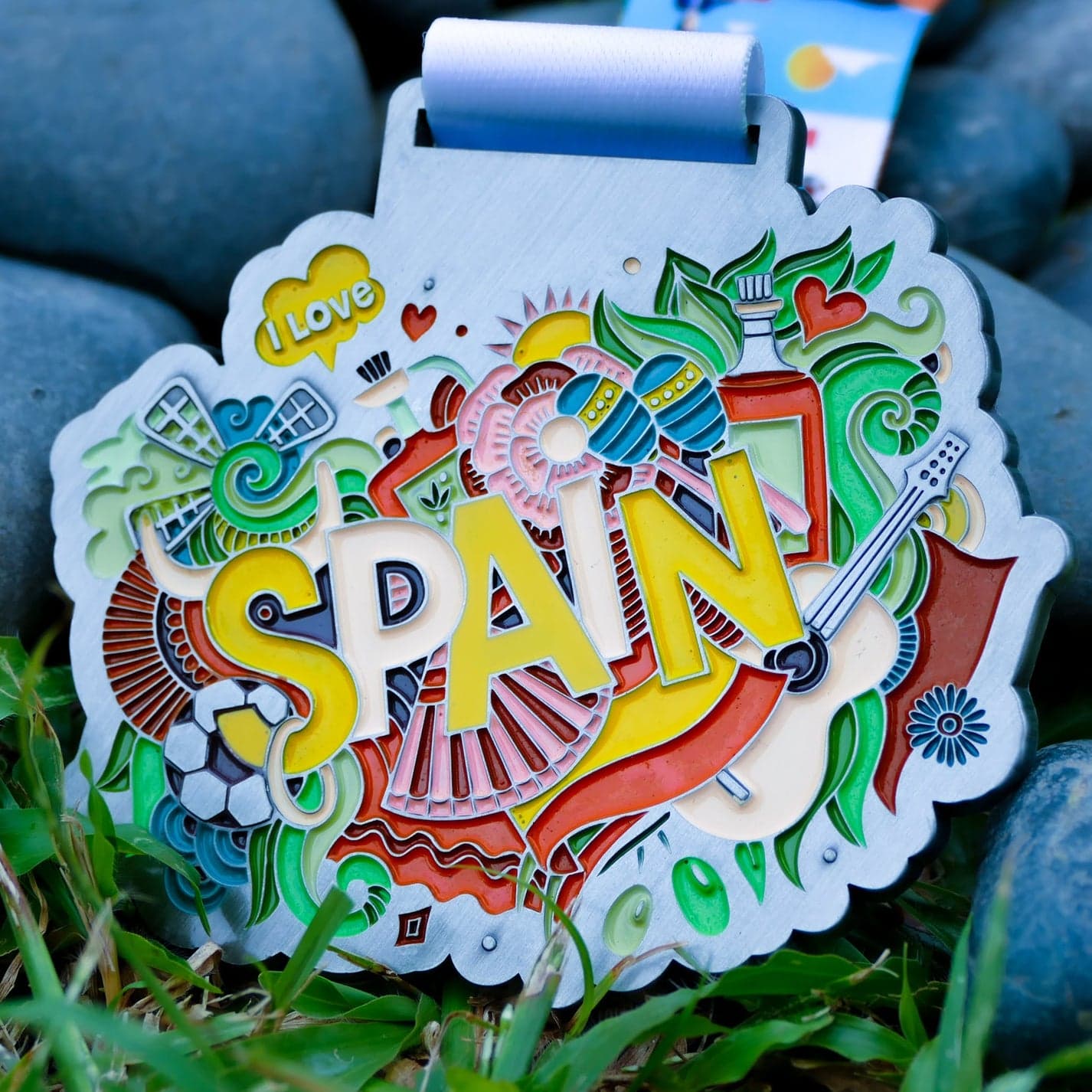Have you ever experienced a strained sensation in your legs, where you feel as if the veins and muscles are intertwined? If so, you may be experiencing a leg cramp, also known as a muscle cramp. These painful but harmless cramps occur when a muscle in your leg contracts suddenly, forming a hard lump at the point of contraction.
Causes of Leg Cramps
Leg cramps can occur for a variety of reasons. Common causes include overworking and exhausting your body, leading to fatigued muscles. Dehydration is another frequent cause, as it can contribute to muscle tightness. Additionally, leg cramps may be associated with a lack of essential minerals like potassium and magnesium. Conditions such as alcoholism, diabetes, nerve disorders, and hyperthyroidism can also increase the likelihood of experiencing leg cramps.
Effective Remedies for Leg Cramps
-
Stretching and Exercise
To relieve a leg cramp, calmly stretch the affected muscle and hold the stretch for a while. Massaging the muscle during or after the cramp can also help. Harvard Health Publishing suggests several exercises for alleviating leg cramps. For example, if you experience a calf cramp, tie a blanket around your foot and pull your toes towards yourself while keeping your knee straight. For a lower leg cramp, stand on your toes until the cramp subsides. For a cramp in the back of your thigh, sit with your legs stretched out until the cramp eases. After the cramp subsides, applying a heated pad can help maintain regular blood flow.
-
Stay Hydrated
Proper hydration is crucial in preventing leg cramps. Aim to drink at least eight 8-ounce glasses of water each day. Staying hydrated helps maintain muscle function and can reduce the frequency of cramps.
-
Maintain a Mineral-Rich Diet
Ensure your diet is rich in essential minerals, particularly magnesium and potassium. Foods like leafy greens, nuts, and seeds are excellent sources of magnesium, while bananas and black beans can help boost your potassium levels.
-
Additional Prevention Tips
Other measures to prevent leg cramps include wearing socks at night, using heat pads regularly, and walking around when you feel a cramp coming on. These simple actions can help keep your muscles relaxed and reduce the likelihood of cramps.
Final Word
Leg cramps can be painful but are generally harmless. However, if you find that cramps persist or become particularly troublesome, it’s advisable to consult a doctor to rule out any underlying medical conditions.
 Check Out Spain Virtual Run Now!
Check Out Spain Virtual Run Now!



